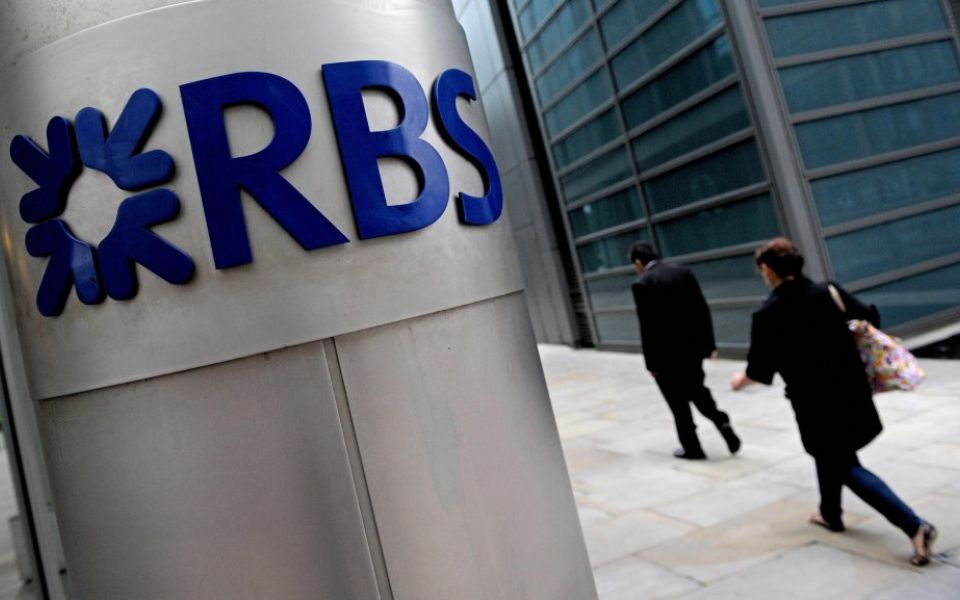
RBS’s return to profit welcome but will taxpayers ever see their £45bn?

On Friday, Royal Bank of Scotland (RBS) reported its first annual profit in a decade.
The profit was seen as a “really symbolic moment” by the bank’s chief executive, Ross McEwan, and it is significant as the bank is still 72 per cent owned by the taxpayer.
RBS reported a pre-tax profit of £752m for 2017 against losses of £6.95bn a year earlier.
A day or two earlier Lloyds reported an annual pre-tax profit of £5.3bn for 2017, just nine months after being fully returned to private hands.
For some this represents an inflection point: the impact of the financial crisis may finally be easing after what have at times felt like ten very long years. The rehabilitation of Britain’s banks is complete… almost.
But RBS still faces an uphill struggle, with potential fines and court hearings in relation to its activities in the US mortgage market.
That is likely to make a significant dent to the bank’s future balance sheet. So, RBS’s return to profitability may be short lived, or may require investors to look at its underlying figures for a year or two, something it has been keen for them to do for several years anyway.
Recovery
How quickly RBS’s return to profit shows in its share price will be one of the next questions markets will ask.
Initially the government decided it couldn’t sell RBS shares until it was in a position to recover taxpayers’ money. This was the policy adopted with Lloyds, which saw tranches of shares sold over a few years until the government had completely divested itself at the start of 2017.
With RBS, however, the government has already sold off around 6 per cent of its stake, and at a loss.
How the Treasury approaches its divestment of RBS shares is likely to be watched very carefully. At one time it had been thought the government might release some of the shares in a British Gas-style “Tell Sid” privatisation.
But the longer time has gone on, and the longer RBS shares have remained underwater, the less likely that has become. In fact, RBS shares – currently sitting at 270p – are worth no more than they were in 2012.
Bailout
What the Treasury doesn’t want to admit is that the chances it will ever fully recover taxpayers’ money are remote if not impossible, particularly as RBS today is tiny compared to the RBS of 2007, when it had a share price of 6,884p to boot.
So, what to do? More than £45bn of taxpayers’ money was injected into RBS. And there is little prospect of getting much of it back. Does the Treasury continue to hold RBS shares or does it crystallise the loss? On the one hand, given it is the largest shareholder, the Treasury will stand to benefit from some sort of dividend payment this year and perhaps in the future. Equally, admitting a loss of some £45bn, or even half that, is a significant chunk of taxpayers’ money to let go of, and politically quite dangerous.
For now, it’s likely Chancellor Philip Hammond is hoping everyone has forgotten about the government’s investment in RBS and will leave the problem for the next person. And in any case, thanks to Brexit he’s got bigger things to worry about.
To find out how INFINOX Capital can help you reach your financial goals, visit www.infinox.com.